Intro
The Spotted Saddle Horse is of saddle type, defined and registered by their colorful coat patterns that must meet specific characteristics.
Read more
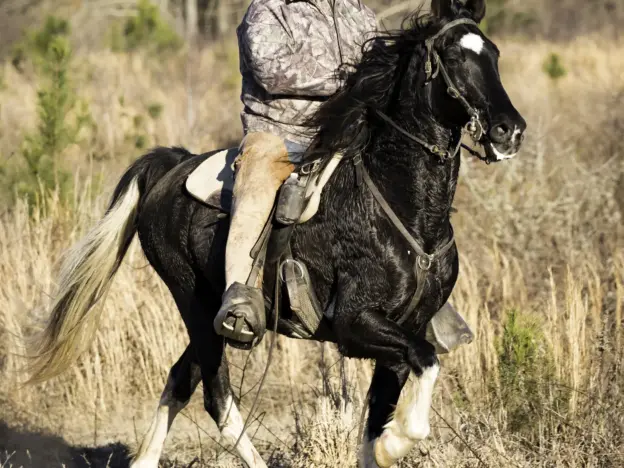
The Spotted Saddle Horse is of saddle type, defined and registered by their colorful coat patterns that must meet specific characteristics.
Read more
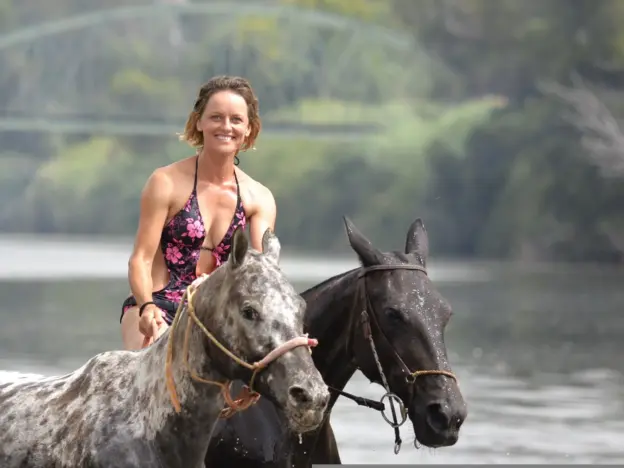
Spotted animals with exotic color patterns have been documented back as far as 18,000 BC, with more found in northern Spain and southern France dating back to 15,000 – 10,000 BC.
Read more
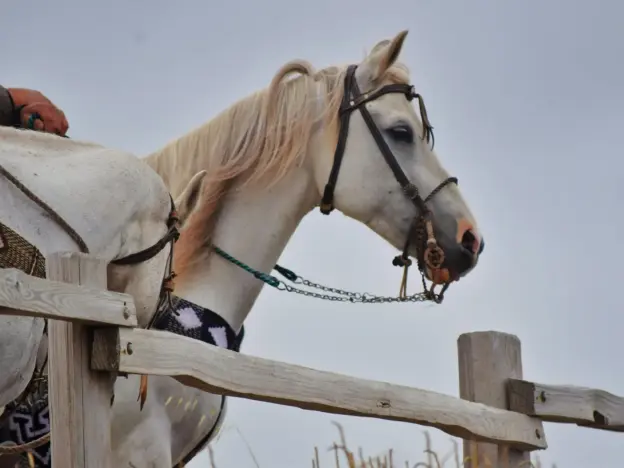
Interestingly enough, the Spanish Barb originated in the Americas, although they were developed by the Spanish. They come from North African and Iberian animals.
Read more
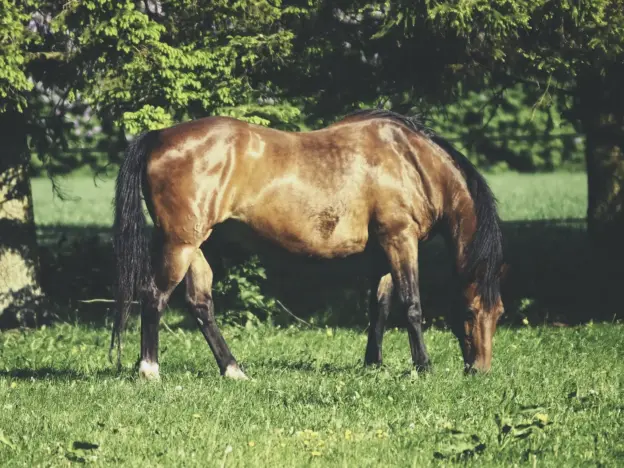
The Lehmkuhlener Pony originated Lehmkuhlen, Germany, bred privately by the House of Baron Thunder stud farm. The breed comes from a cross between local Westphalian animals and English Westmoorland blood.
Read more
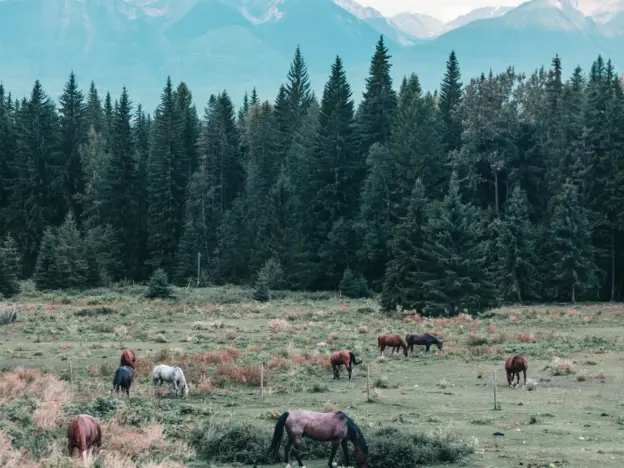
The Sable Island Horses (and a number of other wild animals) come from Sable Island which is situated about 100 miles off the eastern coast of Nova Scotia.
Read more
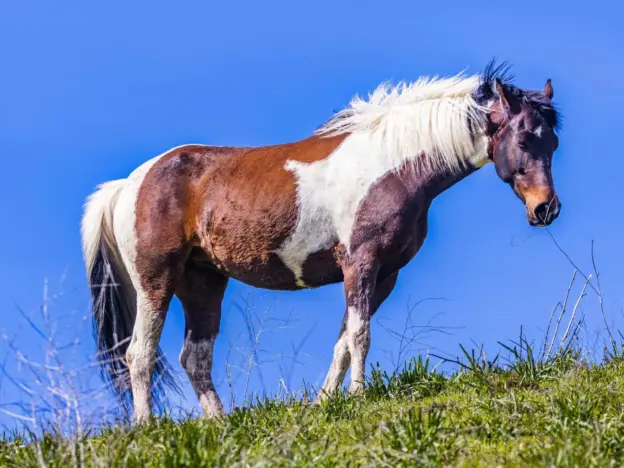
A Qurab horse is a cross between an Arabian and a Quarter Horse or a Paint horse. No other blood types are allowed.
Read more
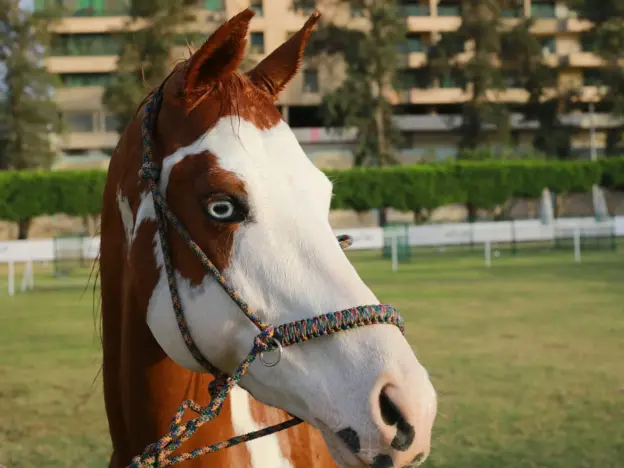
The Pintabian is an Arabian with tobiano pinto markings and comes in most colors as long as they possess the tobiano white pattern genetics.
Read more
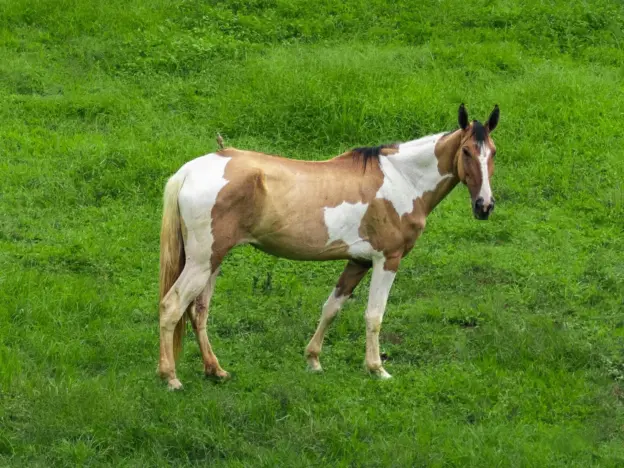
The Pampa Horse originally comes from the animals brought to the Americas early in the 16th century that later went on to run feral.
Read more
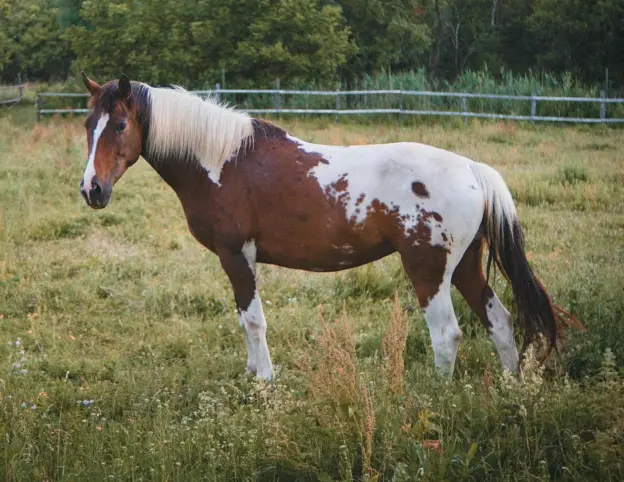
Like Paint Horses, Paint Ponies are a color breed and registered based on possessing a pinto white pattern as well as being of stock pony type.
Read more
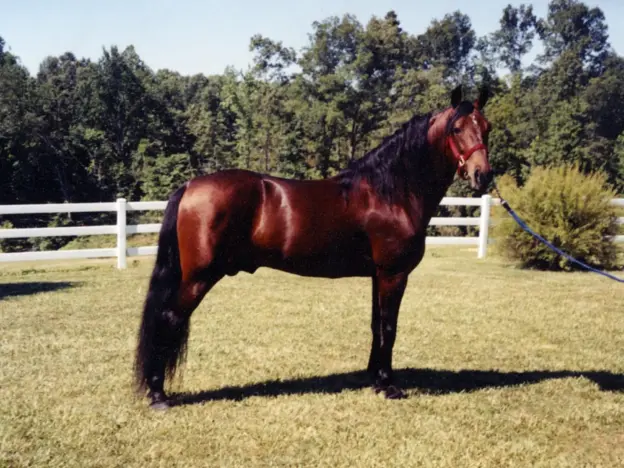
The Missouri Fox Trotter is a relatively new breed and one that was organized by a group of enthusiasts who wanted to preserve the unique characteristics of animals selectively bred in the Ozarks.
Read more